We all know how stressful driving a car can be in our home environment, where we are no strangers to road and traffic regulations and driving culture. But this is nothing compared to the stress you can experience abroad, on foreign roads, where all these things are unknown to us. And here we are not referring to the steering wheel on the other side, but to unbearable crowds, uncultured drivers, level of aggression, bad roads, disrespect for the rules,... Check in which countries driving is the most dangerous.
Driving can be fun, but not if you're driving through any of the following 10 countries where you can be overjoyed just to make it to your destination in one piece. Before going abroad, it is therefore a good idea to find out what you are getting yourself into, so check what the situation is in the most notorious and dangerous ones.
READ MORE: Formula 1 season 2015 - drivers, teams and other news in F1
10. Belgium
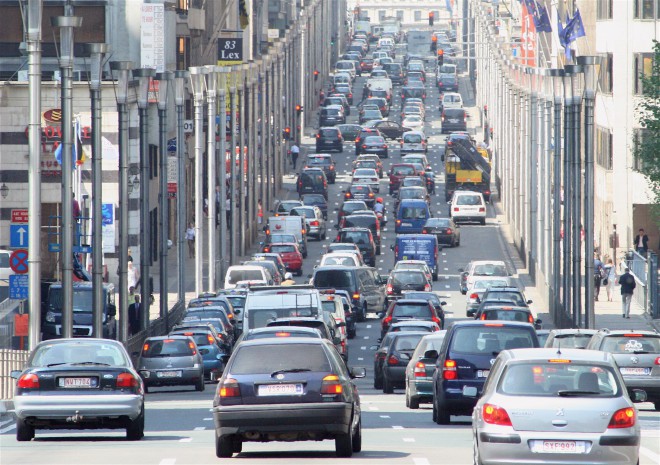
Belgium has a bad reputation from a traffic point of view, mainly because of the desperate traffic jams. Drivers there spend around 83 hours a year in traffic jams. Many people live too far from work, and those who could use public transport do not. Why? Because employers pay less tax if they give an employee a car (or reimburse mileage) than if they get a raise or bonus. And do you think that is why there is a lack of traffic space? Where. It's like leaves and grass, and it's cheap.
9. The Czech Republic
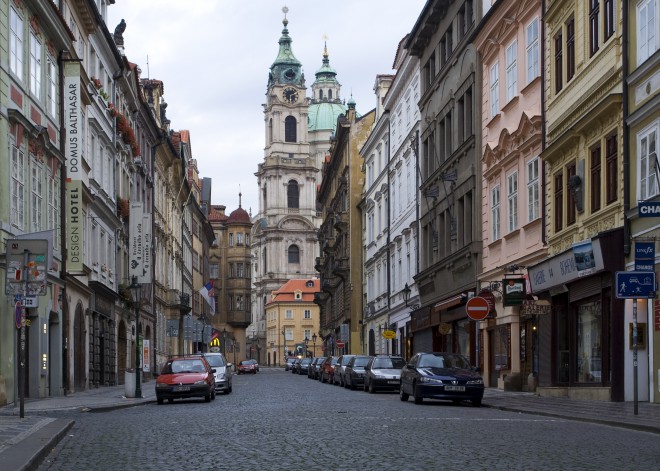
Czech roads are dangerous. Why? Because many drivers have a heavy leg. In addition, the condition of the roads is not exactly the best, and even the lines sometimes do not perform their task as they should. There are also numerous paved paths that are a special challenge when they are wet and icy.
8. USA
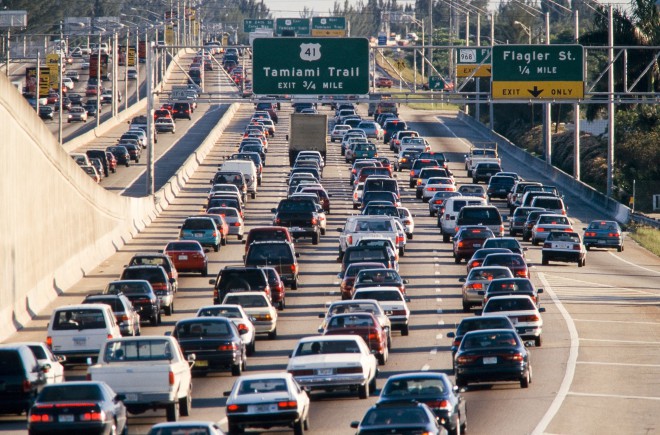
While it's hard to generalize with so many roads, overall the United States is very dangerous for drivers. More than 50% of all fatal accidents are caused by poor road design and poor road conditions. These two cause more accidents than drunk driving, speeding and driving without a seat belt combined.
7. Greece
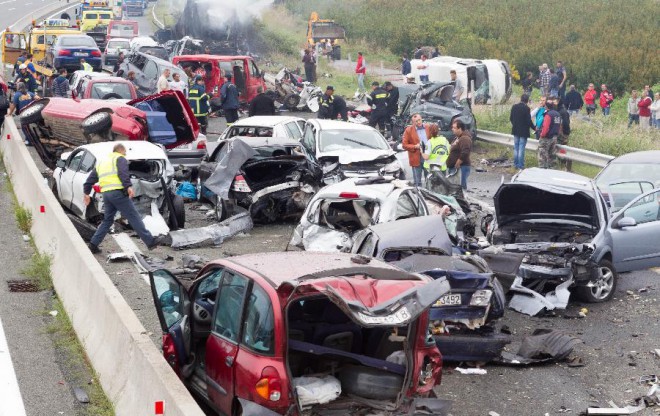
Greece is a mixture of newly built roads and the old road system, which has many categorized roads, which rather resemble a village cart. Many are in various stages of renovation. This means that driving conditions are constantly changing and unpredictable. Changes in speed are still the main cause of accidents, as drivers do not know what the appropriate speed is. In addition, they are quite aggressive, which is the reason for many caroms, and not considerate of others, which can be especially annoying for strangers. Not even the traffic signs, which sometimes contradict each other, are of any help. And if you follow the pace of the locals, keep in mind that you are going 40-50 km/h too fast.
6. South Korea
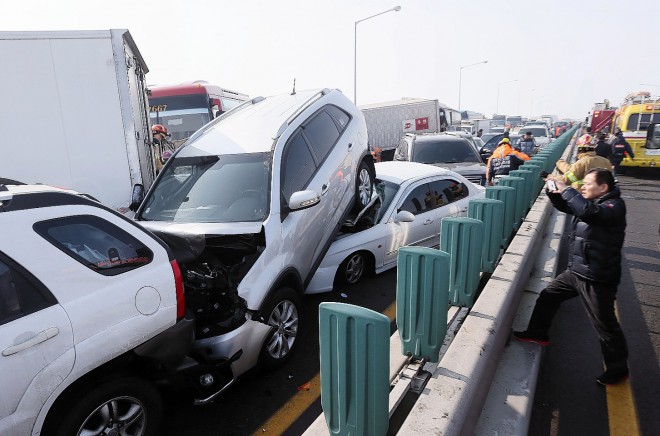
South Korea is a driver's nightmare. If in Australia you are greeted by a traffic sign with an upper speed limit and next to it it says that this is a "restriction, not a challenge", but Koreans actually take road traffic regulations as suggestions and not as regulations. So don't be surprised if you have to give way to a car on the sidewalk, like in a car chase scene. Driving there is like a game of Tetris at its highest level. And even if you follow the rules, it doesn't help you because no one else does.
5. Hungary

In Hungary, the highest price for traffic incivility is paid by pedestrians, those who cross the road. Cars consider it an honor to stop. Even otherwise, most car accidents there involve only one vehicle, which most often lies overturned on the side of the road due to inappropriate speed or has collided with something. Hungarians also do not like wearing a seat belt, and even some politicians are their "examples".
4. Turkey
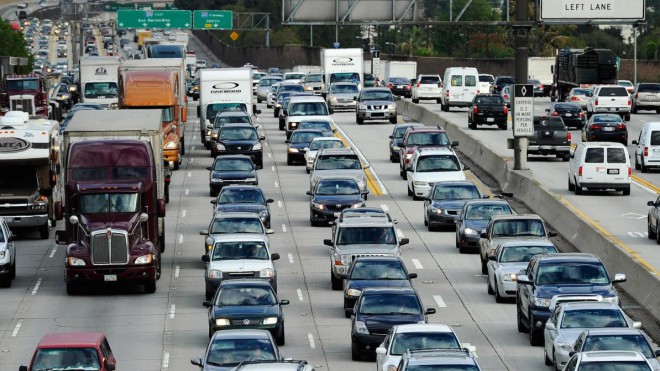
Driving in Turkey is something completely different from what we are used to. For most Turks, driving is a joke, GTA. Music all the way and gas pedal all the way to the floor. No wonder that as many as one million car accidents were recorded last year. Therefore, expect to be full of giddiness on the road. So in an urban environment. In rural areas, the roads are often completely "broken", with many potholes and concrete "swells". And another tip. Never drive in Turkey without a test, as you will quickly end up in the keha.
3. Poland
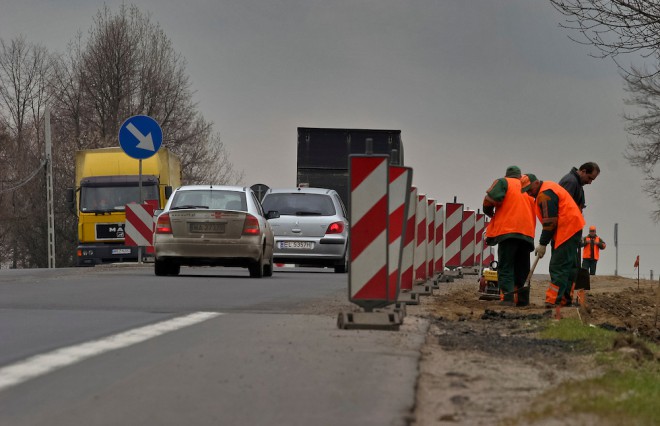
If you want to have your car stolen, Poland is the right place, because they are the top place in the world in the segment. To this we can add bad roads, too many vehicles and only rare road "flashes" (read good conditions), so Poland is not for the faint of heart. Especially since you often have to share the roads with cyclists, pedestrians and even horse-drawn vehicles. With such a varied range of different speeds, there is a lot of confusion. Annually, 5 thousand people take the roads alone. Otherwise, Poland is working on this pressing problem, namely by marking dangerous sections, which is just extinguishing the fire, while it should be preventing it.
2. Slovakia

Slovakia used to have much better roads than it has today. Roads suffer from severe weather conditions, poor traffic culture and angry drivers. They are especially dangerous in winter, and the Slovak government suggests that you drive around with a winch, as it may happen that you will have to winch yourself to your destination. But they have zero tolerance for driving under the influence of alcohol. Even a fraction of a million can cost you arrest and jail time.
1. Russia
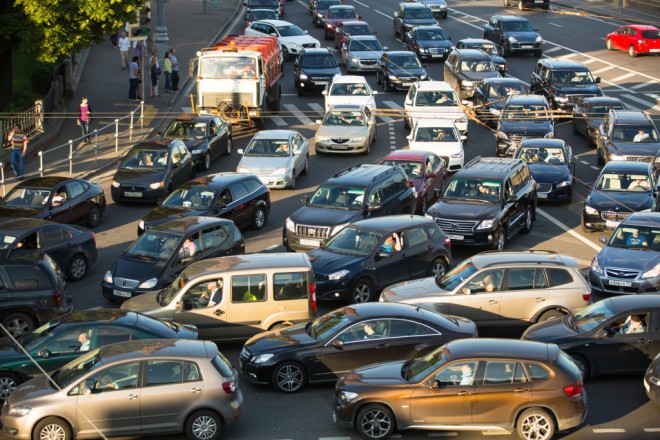
Roads in Russia can be described as relatively safe only in summer. In spring, autumn and winter, however, they turn into ice rinks and are therefore extremely dangerous. So much so that Russia reigns supreme on all negative road and driving rankings. The constant crowds add to this, and if you think we're standing here, what do you say to the fact that you stand there for up to three hours on average. And this in the summer. In other seasons, the ciazene is extended to 5 hours. And who is to blame for such a situation? Corrupt government and overpopulation. Too many cars, not enough roads and not enough will on the part of the authorities to make things better.
Slovenia
And where is Slovenia? Our roads are, at least statistically speaking, quite safe, that is, if we look at the number of deaths per 100,000 inhabitants on an annual basis, since we are in the last third of the ranking (156th place among 186 countries in which this statistic is recorded).





